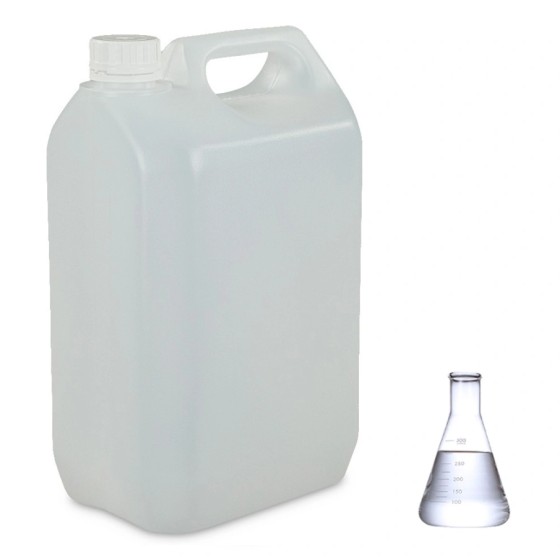Turpentine
Pine turpentine of the highest quality is a natural solvent for removing resins from wood, diluting oils, and also for cleaning tools. ***The price for 1000 liters does not include the cost of the container (there is the option of renting or purchasing).
What is Turpentine?
Turpentine is a natural oil derived from the resin of coniferous trees, most commonly pines. It has a distinctive, sharp aroma and is usually light yellow or colorless. The chemical composition of turpentine includes various hydrocarbons, making it popular in the production of varnishes, paints, and solvents. In its pure form, turpentine is also used in medicine and cosmetics.
Uses of Turpentine
Turpentine has a wide range of applications across different fields:
- Industry: It is one of the primary components in the production of paints, varnishes, and enamels. Turpentine effectively dissolves various types of paints, enhancing their properties.
- Cosmetics: Turpentine is used in skincare products that promote blood circulation and accelerate cell renewal.
- Medicine: Turpentine is found in ointments and rubs used to treat rheumatism, arthritis, and muscle and joint pain. It enhances blood flow and has a warming effect, which is why it is widely used in balneology, particularly in turpentine baths.
- Aromatherapy: Turpentine essential oils are popular in aromatherapy for their purifying and antiseptic properties.
Benefits of Turpentine
There are several benefits to using turpentine:
- Natural Antiseptic: Turpentine has antibacterial and antiviral properties, making it useful for cleaning and disinfecting.
- Stimulates Blood Circulation: Thanks to its warming effect, turpentine helps relieve muscle and joint tension, promotes blood flow, and accelerates tissue regeneration.
- Improves Skin Condition: In cosmetic products, turpentine helps to cleanse pores and improve skin condition. It is commonly included in skincare and hair care products, particularly for combating acne and inflammation.
- Natural Pest Control: It is used to protect wood and furniture from insects and mold.
Conclusion
Turpentine is a versatile remedy with a rich history of use, from industry to medicine. It is valued for its antiseptic, warming, and purifying properties, making it beneficial for health care and daily use.
Where to buy turpentine?
We offer to buy turpentine at retail and wholesale, the price will depend on the volume. For wholesale purchases, please write to us at info@chem.lv.
Security
Signal word – Danger
Stickers (Pictogram) – GHS02, GHS07, GHS08, GHS09
![]()
![]()
![]()
![]()
Hazard statements –
H226 – Flammable liquid and vapour
H304 – May be fatal if swallowed and enters airways
H315 – Causes skin irritation.
H317 – May cause an allergic skin reaction.
H319 – Causes serious eye irritation.
H411 – Toxic to aquatic life with long lasting effects.
H302 + H312 + H332 – Harmful if swallowed, in contact with skin or if inhaled
Precautionary statements –
P280 – Wear protective gloves/protective clothing/eye/face protection
P302 + P352 – IF ON SKIN: Wash with plenty of soap and water.
P210 – Keep away from heat, hot surfaces, sparks, open flames and other sources of ignition. No smoking
P301 + P310 – IF SWALLOWED: Immediately call a POISON CENTER or doctor/physician.
P331 – Do NOT induce vomiting
P304 + P340 – IF INHALED: Remove victim to fresh air and keep at rest in a position comfortable for breathing.
P305 + P351 + P338 – IF IN EYES: Rinse cautiously with water for several minutes. Remove contact lenses if you have them and this is easy to do. Continue rinsing
UN number – UN 1299
Hazard Class – 3
Packing Group – III
| Weight | 0.4 kg |
|---|---|
| Product type | Liquid |
| Package (acids) | 25 L canister, Barrel 200 l, Eurocube 200 l, 5 L canister, 10 L canister |
| Cas | 8006-64-2 |
| EC | 232-350-7 |
| UN | UN 1299 |
| Hazard class | 3 |
| Packaging group | III |
| Stickers (icon) | GHS02, GHS07, GHS08, GHS09 |
| Signal word | Danger |
| Color | Colorless |











